In the previous post, I talked about focusing on some of the more fundamental and helpful components of a document (charts, figures, images, flowcharts, pictures) and their usage. My next favorite tool along this line of usage is the application of tables. Using tables for simplifying the presentation of data provides a comprehensive arrangement of a structure, outline, pattern or order of what is being focused on. It is a great presentation tool and visual aid for comparisons, breakdowns, lists, functions and descriptions.
Tables come in all sorts of sizes and shapes. You can highlight specific headings or columns or rows or even highlight diagonal sections or even just certain individual cells of a table. Think of a tic-tac-toe game for highlighting cells to distinguish relevant elements.
As an example, use this particular form of highlighting when you have a table denoting products features versus competitors’ features. You can show similarities of a product vs. dissimilarities by highlighting just those cells containing items you want to point out like pricing of one vs. another. Usage of this type of table is great for marketing or creating a proposal depicting, e.g., the pros and cons of a product or project.
Tables are noted for data display and also for their ease of use and flexibility for allowing the inclusion of graphic charts (pie, bar, scatter, etc.) to reemphasize or to give anther representation of what is in the table for further clarification.
Tables can also be created with separated but adjacent columns to present a more visual appealing look. By using your imagination, you can have tables in the form of tables within table cells or figures, text boxes, or even images within table cells. This is really useful if you wanted to for example, put borders around certain portions of text located within a cell for emphasis.
You can also create your own table styles, e.g., you can insert columns and then select borders and select dashes, or zigzags for vertical break points. Just use your imagination and create your very own unique tables. The zigzagged portion of the table could be used to show what is to be eliminated or cut off from a product. You can color portions of cells for emphasis to give it more weight or prominence.
There are many things you can do using a table. We are surrounded by table designs; look at the periodic table filled with our chemical makeup. When working with data structures, table sets are automatically created using embedded tables. When we impart descriptions, we use table formatting for our columns and rows. Use them whenever you can. Design and shape the tables any way you wish. You can shape them in the form of alphabets or some similarity to reinforce something you might be teaching.
Tables will help you present the information in a user-friendly way and keep you organized. It will take patience to create the table style you want to use or, you can just apply any pre-formatted table and customize it to what you need. They are worth applying to your documents.




